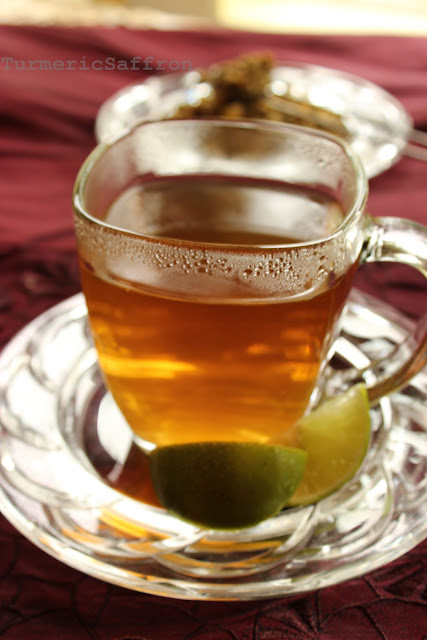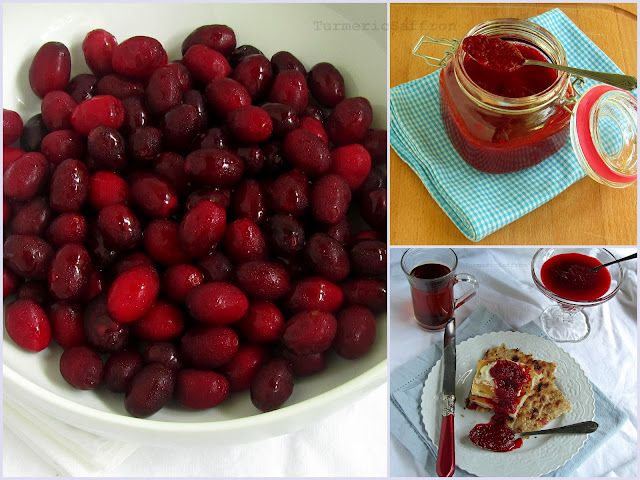شب یلدا Shab-e yalda (eve of yalda) is traditionally a night for friends and family to gather together to enjoy a delicious feast of seeded pomegranate, watermelon slices, ajil (nuts and dried fruits) and sweets, celebrating the victory of light over darkness. The dinner menu may vary for each family partly depending on which part of the country you are from. The traditional dinner may include ash-e reshteh, reshteh polow, sabzi polow and mahi (fish), fesenjoon, kashk-e bademjoon among many other favorites.
A couple of weeks ago my blog turned four years old! That's just beyond what I had in mind! This food blog as many of you might know was a spur of the moment decision as a way of coping with the pain of a great loss in my life. This was a challenge for someone whose native language isn't English, and wasn't into writing, taking pictures, or cooking professionally. However, through blogging I have pushed through my limitations and boundaries and in the process I have learned so much.
On the eve of yalda I would like to thank all my loyal fans who, through their sweet and kind comments, e-mails, tweets and joining my Facebook fan-page, have always supported me and warmed my heart. I cherish all your feedback. It makes me very happy to read a fan's email who made an anniversary three course meal for his new bride, a reader who baked cake yazdi and took it to work and everyone loved it, or a reader who has tried making many of the recipes and takes the time to come back and write about it and let me know how it went. I am very grateful to all of you who spend time reading my blog.
Shab-e Yalda Mobarak! Happy Winter Solstice!






















.jpg)




























